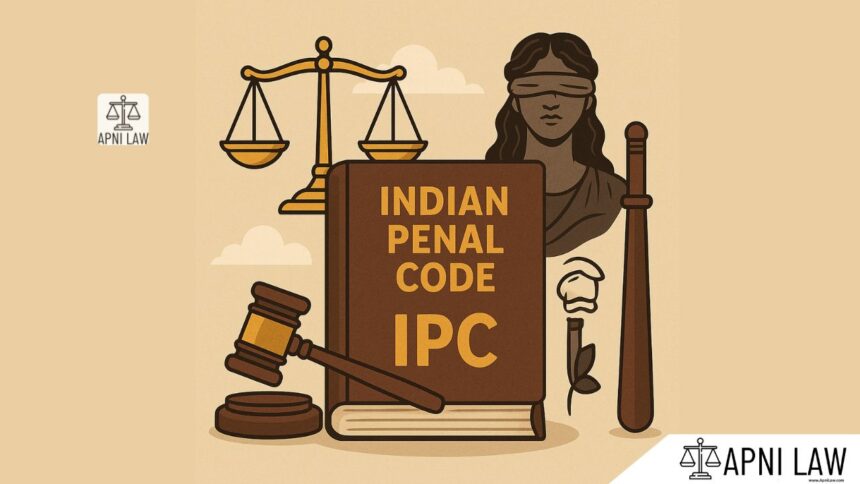Code:
Whoever, intending to facilitate or knowing it to be likely that he will thereby facilitate the commission of an offence punishable with imprisonment,
voluntarily conceals, by any act or illegal omission, the existence of a design to commit such offence, or makes any representation which he knows to be false respecting such design,
if offence be committed; if offence be not committed.—shall, if the offence be committed, be punished with imprisonment of the description provided for the offence, for a term which may extend to one-fourth, and, if the offence be not committed, to one-eight, of the longest term of such imprisonment, or with such fine as is provided for the offence, or with both.
Explanation:
This section deals with the offence of concealing a criminal design. It applies to situations where a person is aware of another individual’s intention to commit an offence punishable with imprisonment and deliberately hides this information.
The key elements of this offence are:
- Knowledge of a design to commit a crime punishable with imprisonment
- Intentionally concealing the design
The concealment need not be active. It can be passive, such as choosing not to inform the authorities about the criminal plan.
Illustration:
Imagine a scenario where A learns about B’s intention to rob a bank. A chooses to remain silent and doesn’t inform the police. In this case, A’s silence is considered concealment, and they can be charged under Section 120 of the IPC.
Common Questions and Answers:
Q: Does this apply if the crime is not punishable with imprisonment?
A: No, this section specifically applies to offences punishable with imprisonment.
Q: Can a person be charged under Section 120 if they didn’t know the person’s intention to commit the crime?
A: No, knowledge of the criminal design is an essential element of this offence.
Q: Is there a difference between concealing a design and abetting the crime?
A: Yes, concealing a design is different from abetting. Abetting involves actively assisting the criminal act, while concealing simply involves keeping the plan hidden.







